The global impact of Dürrenmatt’s ‘The Visit’
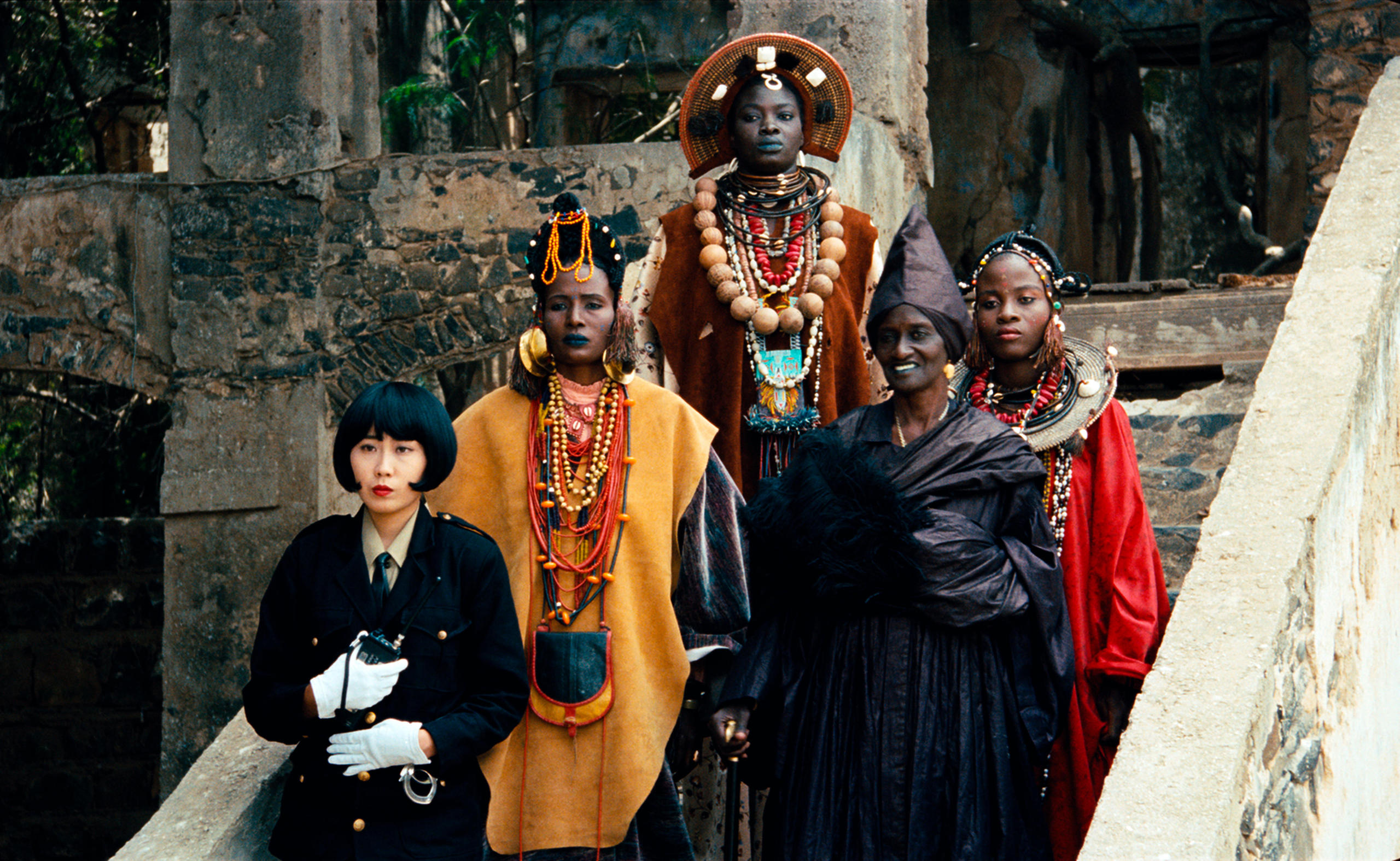
On the centenary of Friedrich Dürrenmatt’s birth, SWI swissinfo.ch examines the global appeal of the Swiss dramatist's 1956 play ‘The Visit’, which made him famous and is still performed around the world.
The universal plot of “The Visit” is relatively simple: Klärchen Wäscher, now the widowed billionaire Claire Zachanassian, returns to her home village of Güllen – a synonym for liquid manure, or slurry. She makes the villagers an offer: She will give them a huge sum of money in return for the death of Alfred Ill, who got her pregnant in her youth and then used trickery to deny his paternity and plunged her into misery.
In the days after the arrival of the old lady, all resistance to her immoral offer crumbles – the prospect of wealth is too tempting. At the end the villagers kill Ill in front of the woman who ordered the murder. The drama is the tension between her offer and the murder: how selfish needs are prioritised, moral positions evaporate and scruples vanish.
The son of a preacher, Friedrich Dürrenmatt was born on January 5, 1921, in Konolfingen (Bern) and died on December 14, 1990, in Neuchâtel.
He is the most translated Swiss writer and playwright in the world and made his name with the works ‘The Visit’ (1956) and ‘The Physicists’ (1962), as well as through several movie adaptations of his police novels, including ‘The Judge and his Hangman’ (1952) or ‘The Pledge’ (1958).
“Mr. Dürrenmatt, you have slapped us in the face with your play. You have really given us a slap in the face. Thank you, Mr. Dürrenmatt, for giving us a slap in the face. Please keep slapping us in the face, Mr. Dürrenmatt.” That was the response of one theatre-goer at the first performance of “The Visit” in Germany, as remembered by Dürrenmatt.
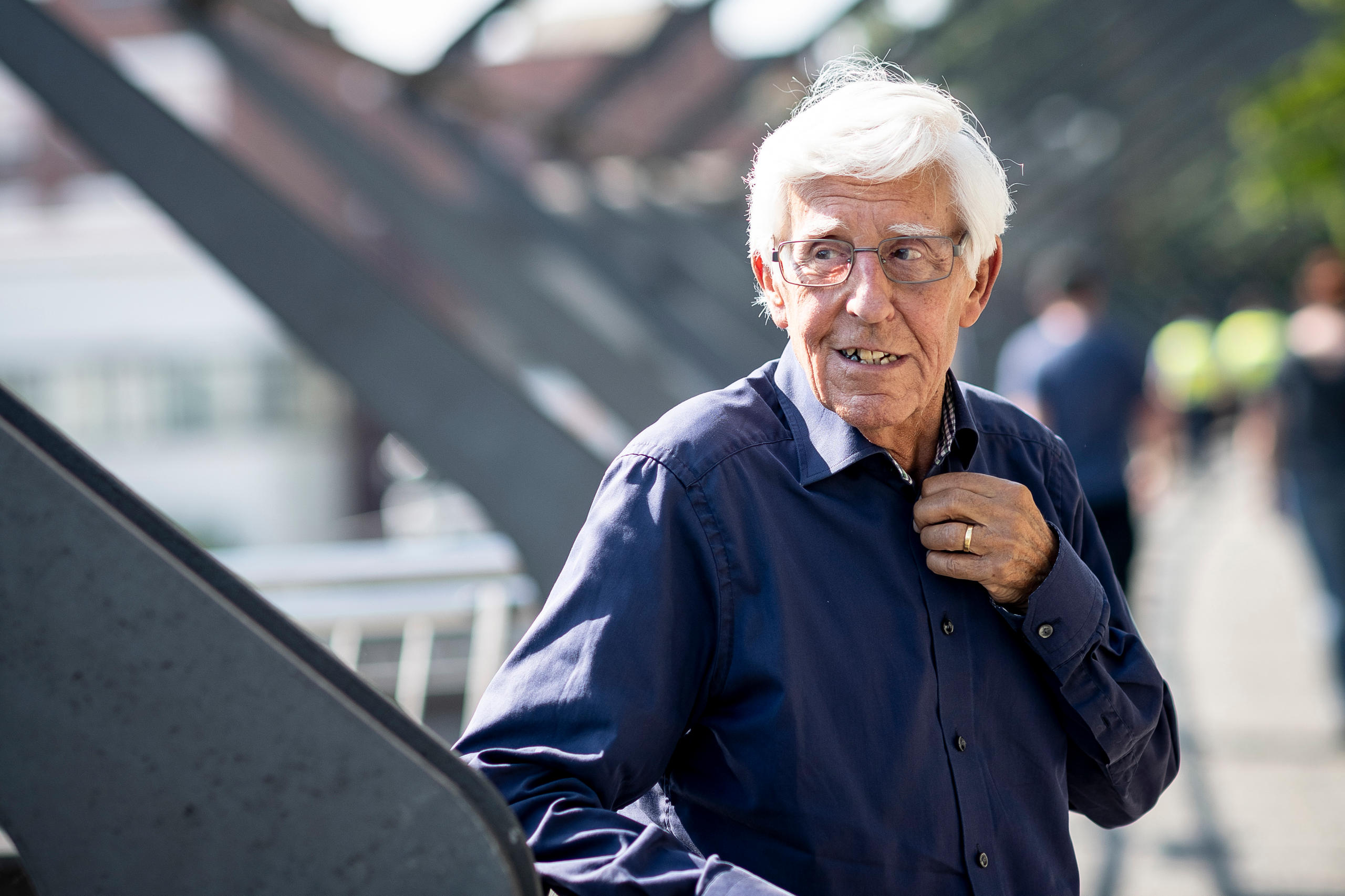
More
‘Dürrenmatt experienced and observed various epidemics’
There, the play was understood as a mirror held to the nation in the postwar era. One of the play’s main themes, as Dürrenmatt’s biographer Peter Rüedi fittingly described it, is “how common prosperity is born from suppressed collective guilt.”
In Germany, people were particularly receptive to this. A little over a decade after the end of the Second World War, Germans found themselves in an economic wonderland and the murderous past seemed to have been forgotten. In the first filmed German-language version of the play in 1959, the villagers dance around neon advertisements after receiving their cheque for murdering Ill.
In 1958, Dürrenmatt’s old lady visited Broadway. In 1964, a Hollywood version of the play was made with Ingrid Bergmann as Zachanassian and Anthony Quinn as Ill.
In one sense, this returned the plot to its origins: Dürrenmatt first worked the material into a short story titled “Lunar Eclipse” that was set in the US: A wealthy returnee pays the village to eliminate his old rival. Ironically, Hollywood’s Güllen was somewhere in a vaguely conceived Balkan country and was filmed against a backdrop of Rome.
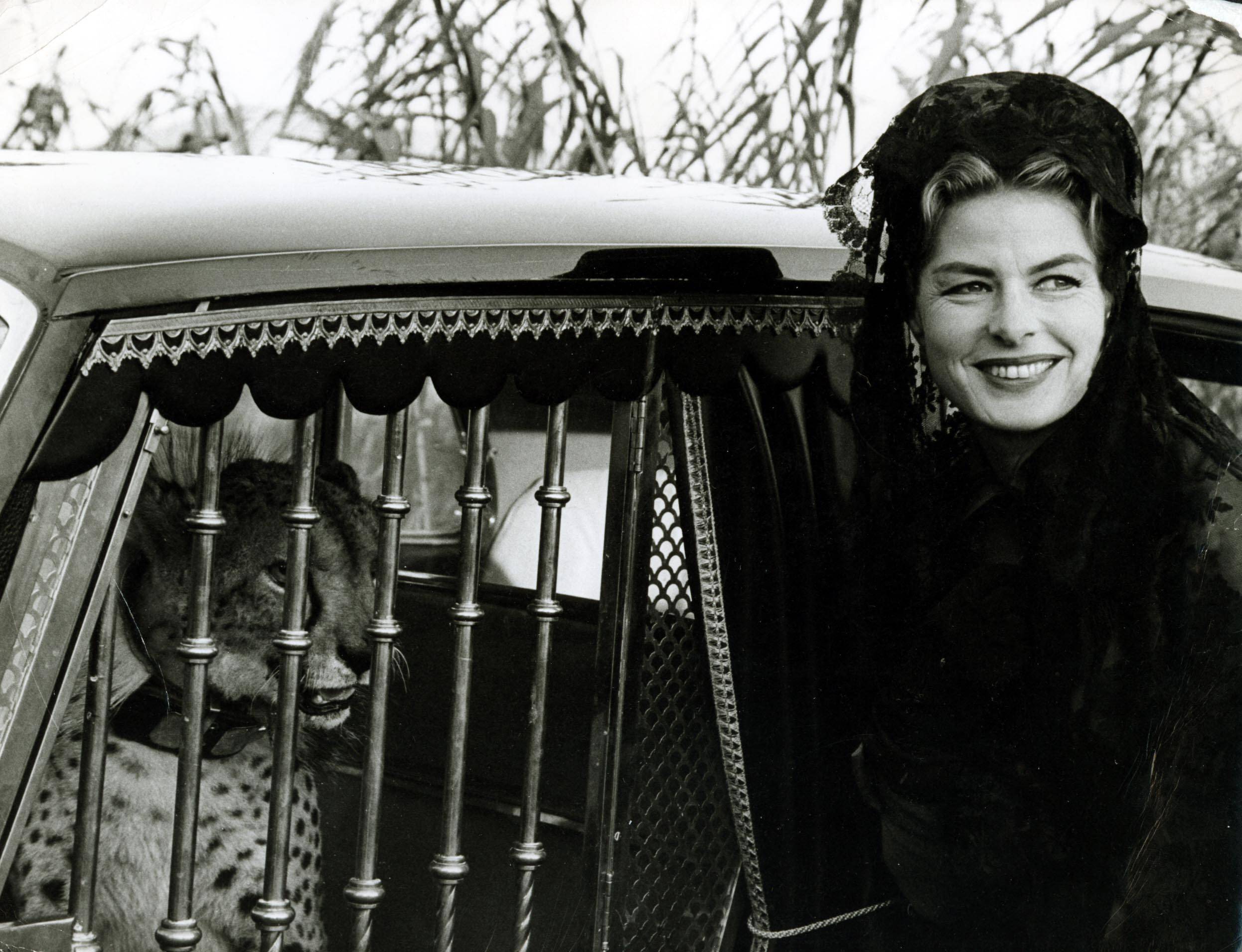
The story concluded with an ambivalent happy end: Zachanassian reprieves Ill at the last second, but he has to continue living with the people who were willing to kill him. Dürrenmatt wasn’t very happy with the film. He was rarely happy with films.
His thoughts on a Lebanese national television series based on his play are not known. The series “Allo Hayeti” – “Hello my life” – features a couple. The ups and downs of their relationship are partly interwoven with literature.
In the fifth episode, an actress reads aloud from Dürrenmatt and the two main actors slip into the roles of Ill and Zachanassian, and “The Visit” becomes relationship theatre.
Soon after the premiere, Dürrenmatt’s career began to take off in socialist countries. “The Visit” appeared in Russian as early as 1958.
Dürrenmatt’s works were performed during periods of thawing relations. But in the 1960s, his works were banned from the stage. It wasn’t until the Perestroika era of the 1980s that they experienced a renaissance, including “The Visit.” The play could be staged as a criticism of capitalism, but could also be simultaneously read as a critique of communism.
Igor Petrov, a journalist at SWI, recalled his response to the filmed version by the director Michail Kozakov in 1989. “This play had a devastating impact me, because at its core is the question of society’s moral foundations. I can understand what attracted the director to this material: He wanted to explore the moral duplicity in which the Soviet utopia of “real-existing Socialism” ultimately foundered.
I also took note of Claire’s diabolical plan not to kill Alfred herself but to have him killed by the community. Alfred seemed to be the only person in this wicked town who was equipped with the ability to exercise critical self-judgment. And yet he is the one who is sentenced to death.
I was also shaken by the question of the origin of morality that Dürrenmatt posed with unprecedented radicalism in this play. The assertion that every society, every crowd, every group of people – even one that portrays itself as extremely progressive – is capable of betraying someone without batting an eyelid was a real shock to me.”
Hyenas
The most faithful but also most astonishing adaptation of “The Visit” was created in 1992 by the Senegalese director Djibril Diop Mambéty, who died of cancer at the age of 53, leaving behind a very small oeuvre that has nonetheless secured him a place in the firmament of African cinema. He relocated the plot of his film Hyenas to Colobane, a small, poverty-stricken town in the Sahel region.
But hope emerges: A daughter of the region, Linguère Ramatou, has become extremely rich and returns after 30 years of absence. She offers the community the dizzying sum of 100 billion CFA francs. There is one condition: the death of Dramaan Drameh, the local grocer. She wants revenge: 30 years previously, the man had abandoned Linguère Ramatou after he got her pregnant.
The Senegalese director stayed true to the original text and worked closely with Friedrich Dürrenmatt. The Swiss dramatist, who died in 1990, never got to see the result. But when “Hyenas” was shown at the Cannes Film Festival in 1992, Mambéty left a seat next to him free in memory of the Swiss author.
Despite closely following the original, the plot is rooted in the Sahara. The Senegalese director wanted to defend ordinary people against the powerful with his work. He also expressed a certain disillusionment towards the new African states that emerged out of decolonisation.
In “Hyenas,” Djibril Diop Mambéty transformed Friedrich Dürrenmatt’s story into a kind of denunciation of the temptations of colonisation and the subjugation of Africa to global capitalism. When the local leadership decides to sacrifice the grocer, they are also surrendering to first world goods.
The hyenas that flash up on screen from time to time can take on a range of meanings: they could symbolise the African elite, or a population that gives in too readily to the lure of consumerism, or an international system that exploits Africa… in the end is up to the viewer to determine whose these hyenas really are.
Although the text is now a classic part of the school literature canon, its initial reception in Switzerland after the 1956 premiere at the Zurich Schauspielhaus was not enthusiastic. An application to the Swiss Arts Council, Pro Helvetia, for support to perform Dürrenmatt’s production abroad was rejected. The jury’s reasoning was that it was the work was “not characteristic and representative of the Swiss mindset.”
The play has benefited from that. To this day, it is still performed around the world, from the National Theatre in London to small stages in Mongolia.

In compliance with the JTI standards
More: SWI swissinfo.ch certified by the Journalism Trust Initiative

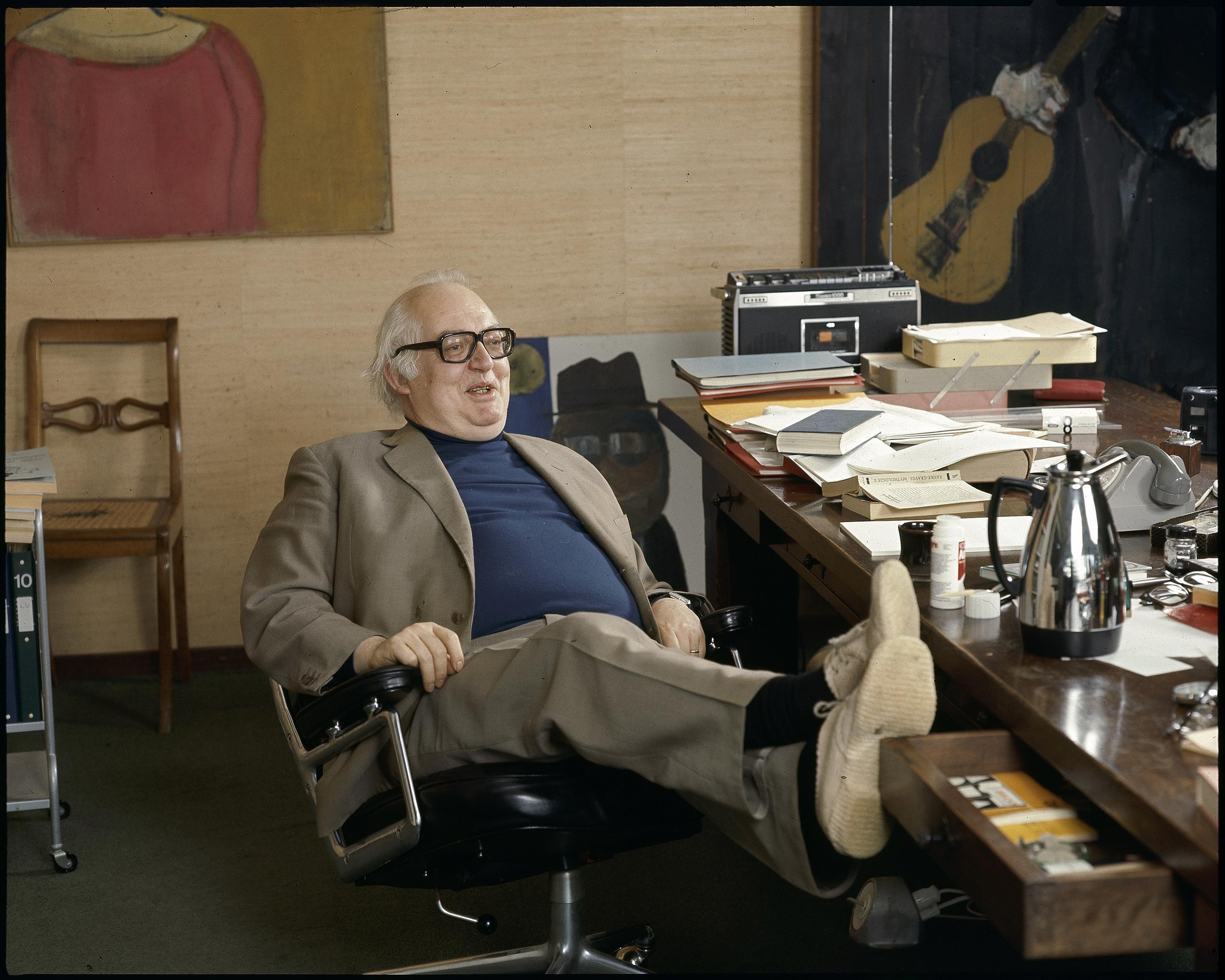
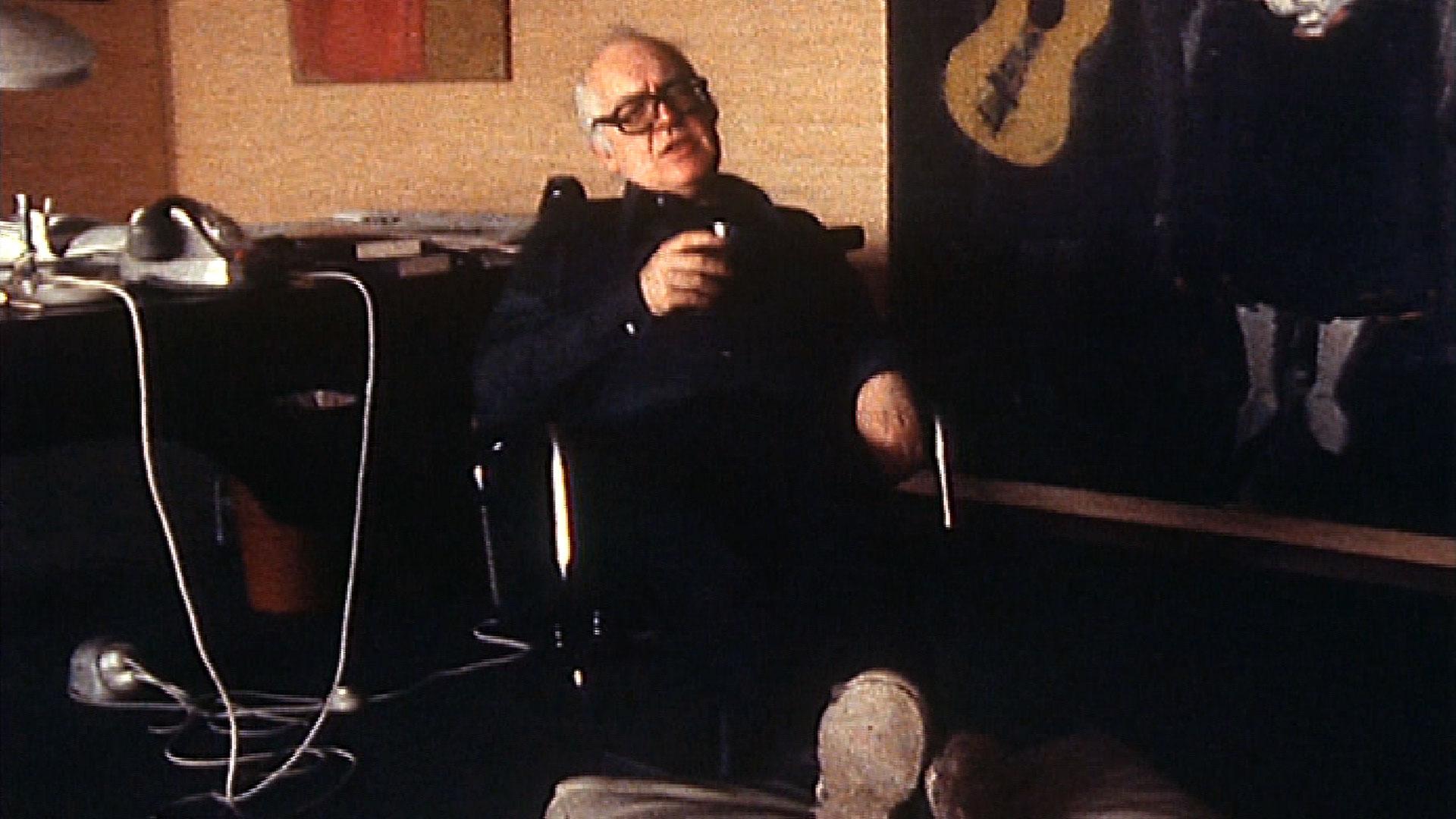
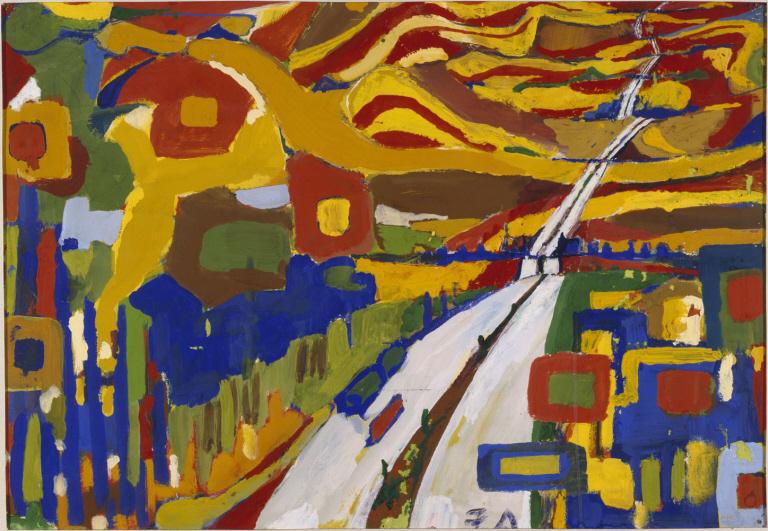
Join the conversation!